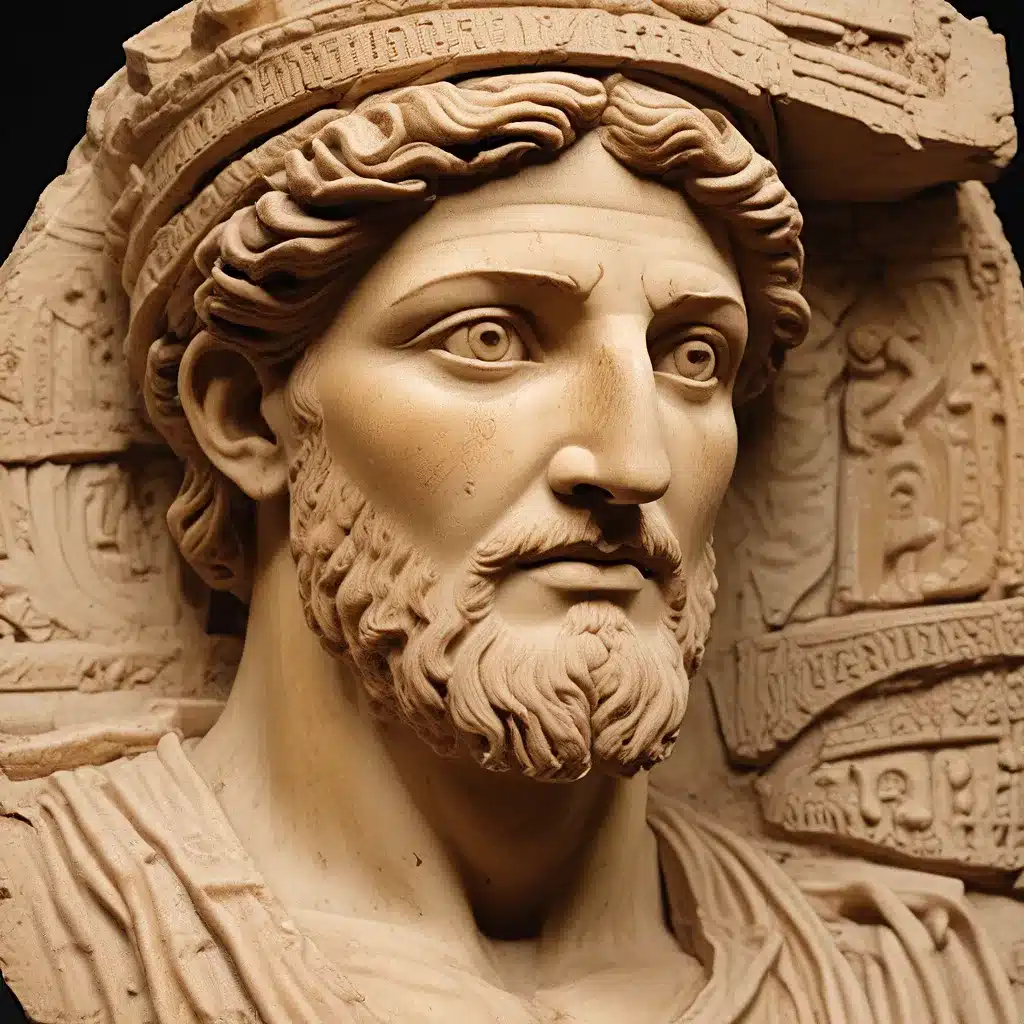
Unlocking the Secrets of Ancient Ingenuity: The Archimedes Planetarium
In the annals of ancient history, few figures have captured the imagination of scholars and enthusiasts alike as Archimedes of Syracuse. A renowned mathematician, physicist, engineer, and inventor, Archimedes left an indelible mark on the ancient world, with his innovative creations and groundbreaking intellectual achievements. Now, a recent archaeological discovery has shed new light on the brilliance of this extraordinary thinker, revealing the true extent of his mastery over the principles of science and technology.
The discovery in question is a fragment of an ancient gear found in the coastal town of Olbia, Sardinia, in 2006. This unassuming metal fragment, once carefully restored and analyzed, has become a testament to the incredible engineering prowess of Archimedes and his contemporaries. The gear’s unique curved tooth profile and the unexpected composition of its brass alloy have led experts to conclude that it was once an integral part of the Archimedes Planetarium, one of the most renowned and admired technological achievements of the ancient world.
According to the evidence, the gear found in Olbia dates back to the mid-2nd century to the end of the 3rd century BC, placing it firmly within the lifetime of Archimedes. The gear’s scientific and mathematical sophistication, demonstrated by its precisely calculated tooth profile and alloy composition, suggests that it was created by individuals with an advanced understanding of mechanical principles and metallurgy, traits that were undoubtedly possessed by Archimedes and his contemporaries.
Rediscovering the Archimedes Planetarium
The Archimedes Planetarium was a marvel of ancient engineering, a device that could reproduce the motion of the heavens on a sphere, providing a mechanical representation of the apparent motions of the Sun, Moon, and planets. This extraordinary feat of ancient technology was documented by the Roman orator Cicero, who wrote that the planetarium was brought to Rome in 212 BC by the consul Marcus Claudius Marcellus after the sack of Syracuse.
Cicero’s description of the planetarium highlights the remarkable precision with which Archimedes was able to generate the complex motions of the celestial bodies using a single rotating mechanism. This level of technological sophistication was truly ahead of its time, and the discovery of the Olbia gear has provided a new and unexpected glimpse into the workings of this ancient marvel.
The Antikythera Mechanism: A Technological Precursor
The Archimedes Planetarium is not the only ancient device that has captured the imagination of scholars and enthusiasts. In 1902, the Antikythera Mechanism, a complex gear-driven device found in a shipwreck off the Greek island of Antikythera, was discovered. This artifact, which dates back to the first half of the 1st century BC, is widely regarded as the world’s first known analog computer, designed to calculate the motions of the Sun, Moon, and planets.
The discovery of the Antikythera Mechanism has sparked renewed interest in the Archimedes Planetarium, as it demonstrates the advanced technological capabilities of ancient Greek engineers and the wealth of knowledge that existed in the ancient world. The similarities between the two devices, particularly in their use of gears and their ability to model the motions of celestial bodies, suggest that the Archimedes Planetarium may have been an earlier, more sophisticated precursor to the Antikythera Mechanism.
Unveiling the Mysteries of Ancient Cultures: The Olbia Gear and Beyond
The discovery of the Olbia gear has not only shed light on the technological prowess of Archimedes and his contemporaries but has also raised intriguing questions about the state of ancient knowledge and the mysteries surrounding other long-lost artifacts and civilizations.
Rediscovering Lost Inventions and Innovations
The Olbia gear, with its scientifically advanced design and composition, challenges the traditional narrative of technological progress, suggesting that many modern inventions and innovations may have in fact been developed centuries earlier by ancient Greek scholars and engineers. This finding has rekindled interest in the Archimedes Palimpsest, a parchment manuscript that contains some of the few remaining works written by Archimedes himself, and has sparked a renewed effort to uncover other lost or forgotten technological achievements of the ancient world.
The study of the Olbia gear has shown that ancient Greek scientists possessed a deep understanding of planetary motion and epicyclic motion, concepts that were not widely attributed to them until modern times. This revelation challenges our assumptions about the linear progression of scientific knowledge and suggests that there may be many more ancient discoveries and innovations waiting to be uncovered.
Exploring the Mysteries of Ancient Cultures
The Olbia gear is not the only ancient artifact that has captivated the imagination of scholars and enthusiasts. Mysterious cultures and civilizations, such as the Neanderthals, have long been the subject of intense study and debate, with new discoveries continually challenging our understanding of the past.
The Lost Kingdoms website is dedicated to exploring these ancient mysteries, delving into the lives, beliefs, and technological achievements of long-forgotten societies. By combining the latest archaeological findings with expert analysis and historical context, this platform offers a unique and engaging perspective on the diverse tapestry of human history.
Advancing Our Understanding of the Past
As we continue to unravel the mysteries of antiquity, the discoveries made by Archimedes and his contemporaries serve as a powerful reminder of the remarkable intellectual and technological capabilities of ancient civilizations. The Olbia gear, with its scientifically advanced design and composition, stands as a testament to the ingenuity and creativity of these ancient thinkers, challenging us to reconsider our assumptions about the progress of human knowledge and the true scope of ancient achievements.
Through the ongoing exploration of archaeological sites, the careful analysis of ancient artifacts, and the thoughtful interpretation of historical records, we are gaining a deeper and more nuanced understanding of the past. By embracing the remarkable discoveries of the ancient world, we can not only expand our knowledge but also inspire new generations of scholars, scientists, and adventurers to continue the journey of unraveling the mysteries of antiquity.


